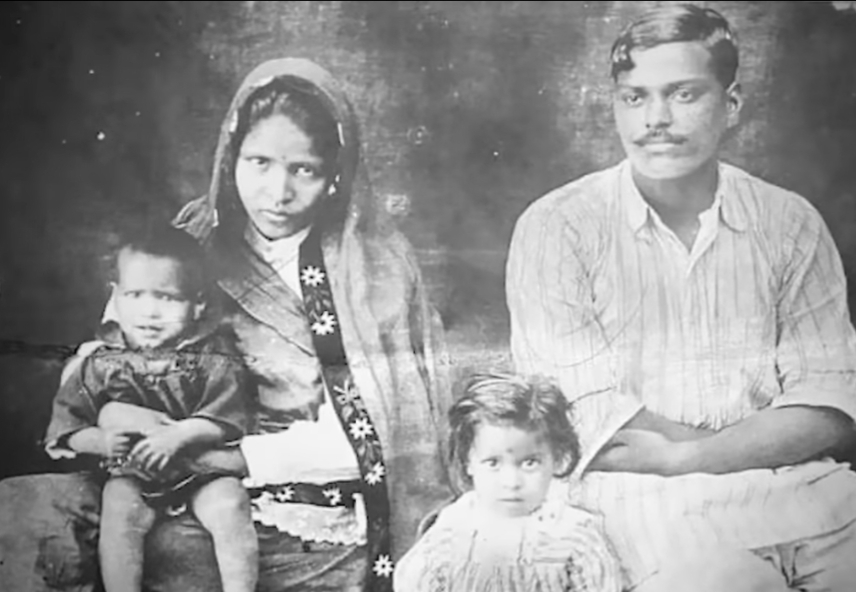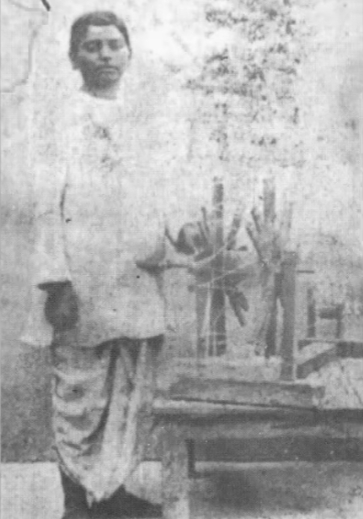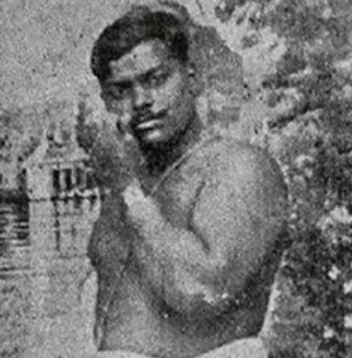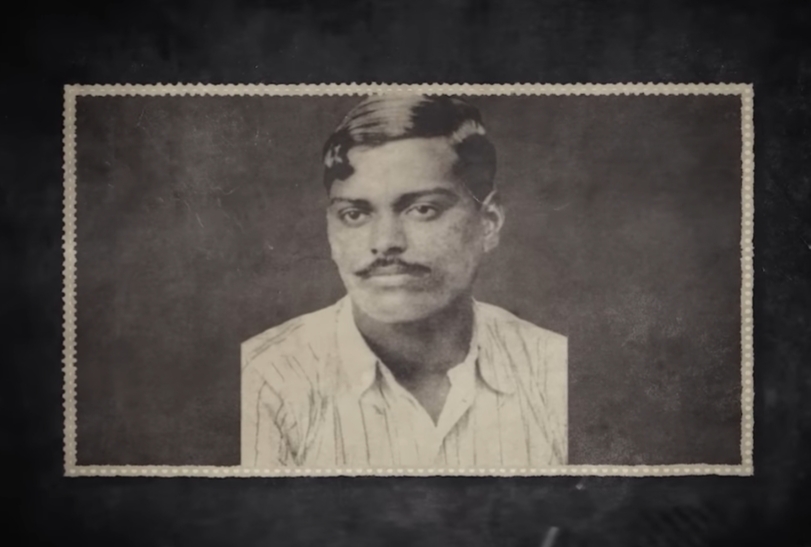Tribute to the great revolutionary freedom fighter Chandrashekhar Azad on his 119th birth anniversary (July 23)
July 23, 2025, marks the 119th birth anniversary of Chandra Shekhar Azad, a revolutionary icon whose indomitable spirit continues to ignite the hearts of millions.
A Beacon of Courage Born in Bhabhra
On July 23, 1906, in the modest village of Bhabhra in Alirajpur, a boy named Chandra Shekhar Sitaram Tiwari was born into a Kanyakubja Brahmin family. Little did the world know that this child, raised by his parents Sitaram Tiwari and Jagrani Devi, would grow to become a towering symbol of defiance against British colonial rule. From his ancestral roots in Badarka village of Unnao, Uttar Pradesh, to the revolutionary battlegrounds of India, Azad’s life was a testament to his unyielding commitment to the cause of freedom. His mother dreamed of him becoming a Sanskrit scholar, sending him to Kashi Vidyapeeth in Banaras. Yet, destiny had other plans for the young Chandra Shekhar, whose heart burned with a passion for justice and liberation.

At the tender age of 15, Azad was swept into the fervour of the Non-Cooperation Movement in 1921. His arrest during this period marked a pivotal moment in his life. When brought before a magistrate, he boldly declared his name as “Azad” (The Free), his father’s name as “Swatantrata” (Independence), and his residence as “Jail.” This audacious act, met with 15 lashes, only strengthened his resolve. The moniker “Azad” became his identity, a promise to himself and his nation that he would never bow to oppression.
As we celebrate his 119th birth anniversary, his words echo through time: “Dushman ki goliyon ka hum saamna karenge, Azaad hi rahe hain, azaad hi rahenge”—a clarion call that continues to inspire soldiers and patriots alike.
The Revolutionary Firebrand
The suspension of the Non-Cooperation Movement in 1922 by Mahatma Gandhi left Azad disillusioned with non-violent methods. Introduced to Ram Prasad Bismil by fellow revolutionary Manmath Nath Gupta, Azad found his calling in the Hindustan Republican Association (HRA). He quickly rose as a key figure, participating in audacious acts like the Kakori Train Robbery of 1925, aimed at funding revolutionary activities. Despite the British crackdown that led to the execution of Bismil and others, Azad evaded capture, showcasing his strategic brilliance and unwavering courage.
In 1928, Azad, alongside Bhagat Singh, Shivaram Rajguru, and Sukhdev Thapar, transformed the HRA into the Hindustan Socialist Republican Association (HSRA), infusing it with socialist ideals inspired by Karl Marx’s Manifesto of the Communist Party and the ABC of Communism. Azad’s leadership was not just tactical but ideological, as he trained his comrades in revolutionary principles. His involvement in the 1928 assassination of John P. Saunders in Lahore, meant to avenge Lala Lajpat Rai’s death, underscored his relentless pursuit of justice. Though the target was mistakenly identified, Azad’s role in the operation—shooting a pursuing constable to ensure his comrades’ escape—demonstrated his selflessness and bravery.

Azad’s time in Jhansi further highlighted his ingenuity. Establishing a hub in the forests of Orchha, he trained his comrades in marksmanship, earning a reputation as an expert sharpsman. Living under the alias Pandit Harishankar Bramhachari near a Hanuman temple, he blended seamlessly with the local community, teaching children and building trust. His ability to balance covert operations with community engagement revealed a leader who was as compassionate as he was fierce.
The Final Stand at Alfred Park
Azad’s life culminated in a dramatic and tragic stand on February 27, 1931, at Alfred Park in Allahabad. Betrayed by an informant, he was surrounded by British police led by J.R.H. Nott-Bower. In a fierce shootout, Azad fought valiantly, killing three policemen and wounding others, including DSP Thakur Vishweshwar Singh. True to his pledge of never being captured alive, Azad used his last bullet to end his life, ensuring his spirit remained free. His sacrifice at the age of 24 sent shockwaves through the nation, with crowds gathering to protest British rule and honor their fallen hero.
The tree under which Azad made his final stand remains a sacred symbol of resistance in Prayagraj’s Alfred Park, now named Chandrashekhar Azad Park. His body, cremated in secrecy at Rasulabad Ghat, could not dim the light of his legacy. The public’s outrage and slogans of defiance underscored the profound impact Azad had on the Indian psyche.
A Legacy That Endures

Chandra Shekhar Azad’s life was brief but blazing, leaving an indelible mark on India’s freedom struggle. His courage inspired contemporaries like Jawaharlal Nehru, who noted Azad’s skepticism about peaceful methods while acknowledging the futility of violence in the face of the Gandhi-Irwin Pact. Azad’s vision of a socialist, independent India continues to resonate, reflecting his forward-thinking ideals.
Today, Azad’s legacy is preserved in countless ways. Schools, colleges, and roads across India bear his name, a tribute to his sacrifice. His life has been immortalized in films like Shaheed (1965), 23rd March 1931: Shaheed (2002), and Rang De Basanti (2006), which draw parallels between his sacrifices and the responsibilities of today’s youth. Television series like Chandrashekhar (2018) and Swaraj (2023) have brought his story to new generations, with actors like Manish Naggdev embodying his fiery spirit.
Azad’s influence extends beyond popular culture. His revolutionary tactics and socialist ideals have inspired movements worldwide, emphasizing collective action and social justice. The HSRA’s pamphlets, often signed with Azad’s pseudonym “Balraj,” remain powerful artifacts of his defiance. His ability to secure support from figures like Motilal Nehru, despite ideological differences, highlights his charisma and the universal appeal of his cause.
A Call to Remember
As we commemorate Chandra Shekhar Azad’s 119th birth anniversary, we are reminded of the price paid for our freedom. His life challenges us to reflect on the values of courage, sacrifice, and unity. In an era where freedom is often taken for granted, Azad’s words—“Free we were and free we shall remain”—urge us to protect the liberties he fought for. His story is not just a chapter in history but a call to action, inspiring us to stand against injustice and uphold the ideals of a free and equitable society.
On this day, let us honor Azad by embracing his spirit of fearlessness. Let us teach our children about the young boy from Bhabhra who became a legend, whose life was a blazing torch in India’s quest for independence. As we walk the streets named after him or pass by his statue in Prayagraj, let us pause to salute the man who chose death over captivity, ensuring that the flame of freedom would never be extinguished.
Chandra Shekhar Azad, the eternal revolutionary, lives on in every heart that dares to dream of a just world. His 119th birth anniversary is not just a celebration of his life but a reaffirmation of our commitment to the values he held dear. Azad hi rahe hain, azad hi rahenge.
Hasnain Naqvi is a former member of the history faculty at St. Xavier’s College, Mumbai






